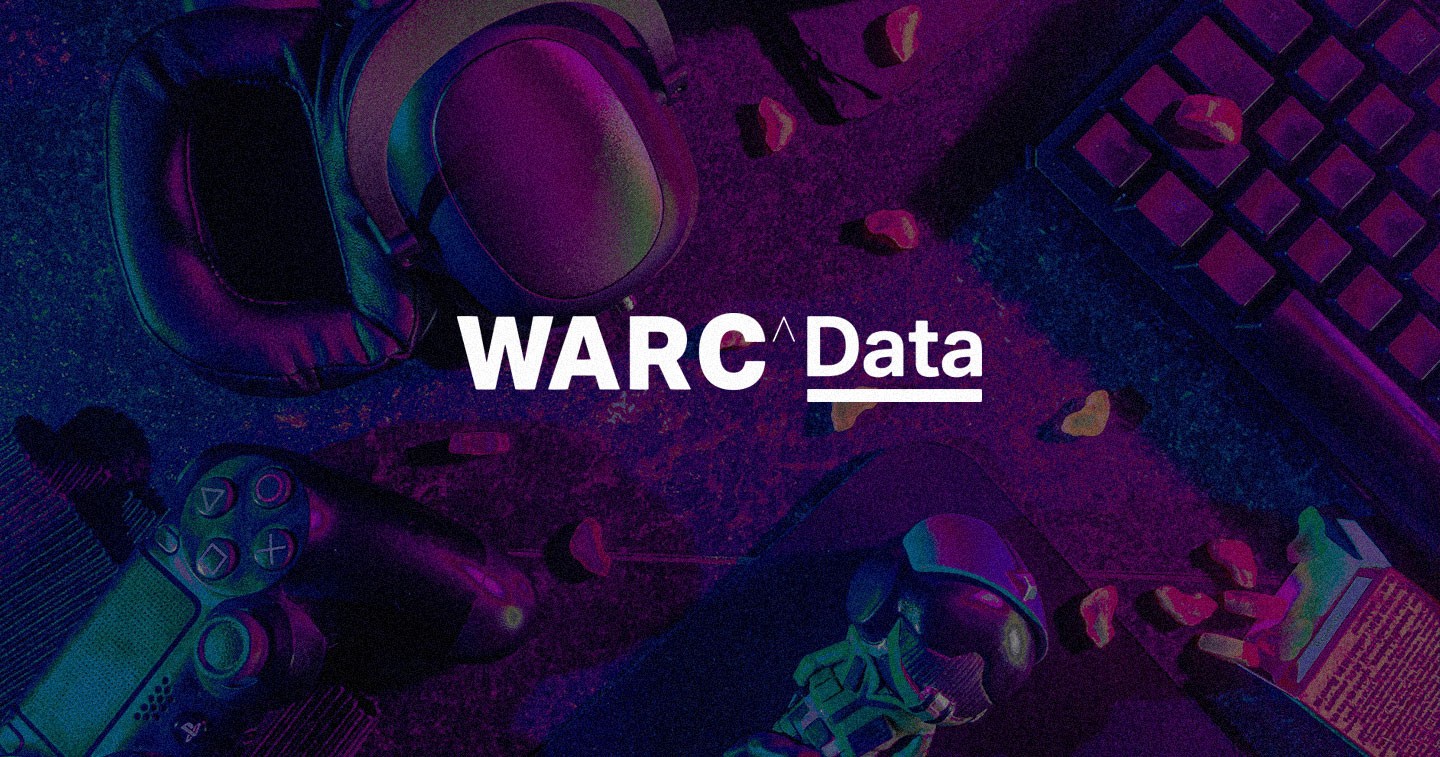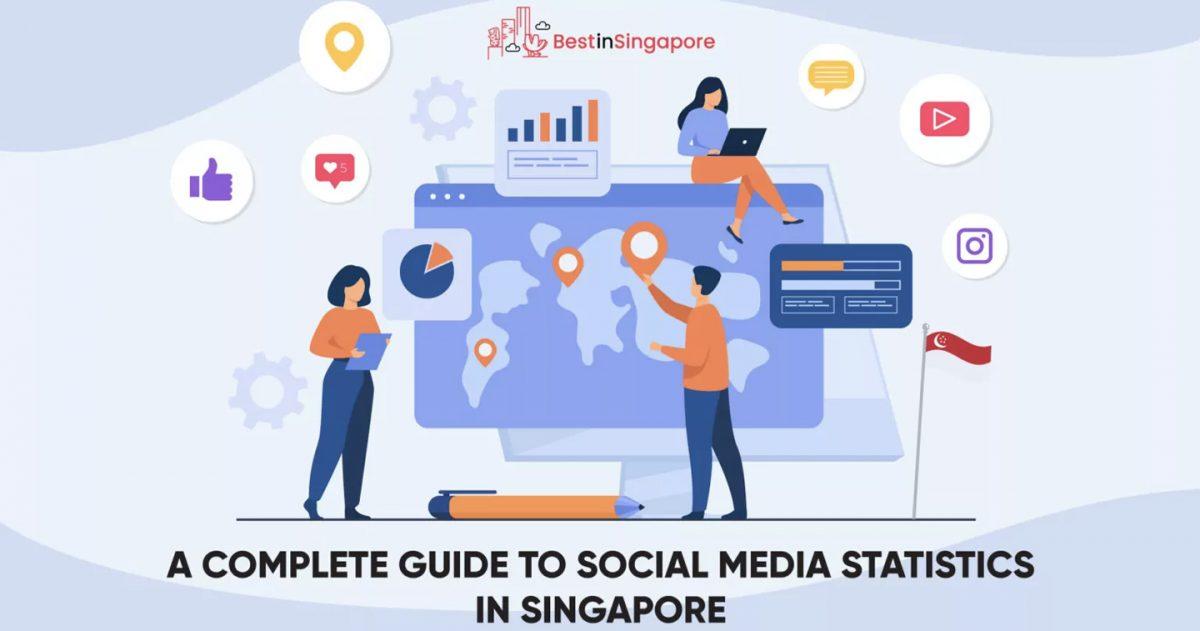LONDON, UNITED KINGDOM — Global advertising spend on e-sports is expected to rise again this year despite global recession – and is forecast to top $1bn in 2022 – largely driven by the desirable profile of the audience and new partnership opportunities. But new audiences have proven hard to attract finds WARC, the international marketing intelligence service.
Brand investment (advertising and sponsorship) in e-sports is set to rise 9.9% worldwide to $844m this year – though this is less than half the rate of growth recorded in 2019 – with the majority ($615m) spent on the sponsorship of competitors or the tournaments themselves. A further $229m will be spent on spot ads during e-sport broadcasts, representative of a 1.7% rise at a time when traditional TV advertising is set to fall by 13.8%.
However, new audiences have been hard to win over during lockdown as the format has not proven to be analogous with traditional sport, failing to win over fans. Just 3% of adults watched e-sports content for the first time during lockdown, and 55% of all viewers are non-committal.
Conversely, uptake in mobile gaming skyrocketed during lockdown; 2.9bn people (71% of internet users, up from 63% in 2015) now play games on their smartphones, making mobiles the most popular gaming devices in history. Uptake is highest in Asia, with women leading the way.
Amazon-owned Twitch was also a big winner during lockdown. In April alone, consumption of gaming content on Twitch rose 63.8% from the previous month to top 1.6bn cumulative hours, more than double that of Facebook Gaming, YouTube Gaming, and the now defunct Mixer combined.
Asia leads on e-sports
e-sports penetration is approaching one billion viewers worldwide, though Western markets are lagging. More than one in four (27%) males have watched an e-sports tournament in the last month, equivalent to 554m people. The rate among females is far lower at 17% (349m), placing the total audience at just over 900m viewers worldwide.
Penetration is highest in Asia at almost one in three (30%), falling to one in five (20%) in Latin America, 14% in Europe and MEA, respectively, and 13% in North America. Uptake is greatest among Gen Z at one in four (27%) and stands at one in five (20%) among Millennials. Data from Limelight Networks show that Gen Z gamers watch 6:19 (h:mm) of e-sports content a week on average, over an hour longer than they spend watching traditional sporting content (5:10).
New audiences have proven hard to come by as there has been no direct translation among traditional sporting fans. Just 3% of adults said they started watching e-sports during April 2020, when many markets were at the start of COVID-19-induced lockdown. The greatest proportion of new viewers was to be found in India at 11%, per McKinsey research, with the US and UK each recording rates of just 1%. Existing audiences instead consolidated: one in ten watched more e-sports content than before, rising to one in four in South Korea (26%) and Indonesia (24%).
Practitioners believe advertising spend will be the key driver of e-sports growth in the coming years, and WARC forecasts investment will now top $1bn in 2022 (compared to $844m this year). Venture capitalists are also expected to up investment greatly in the sign of a maturing market, while media rights will become a key battleground from merger and acquisition activity over the coming years.
Mobile: the non-gamer’s gaming
A full 2.9bn people play games on their smartphone, equivalent to seven in ten (71%) internet users. This is up from 63% in 2015 – an increase of one billion people worldwide in just five years. Further, 29% (1.2bn) are mobile-only gamers, rising to one in three in Asia Pacific and the Middle East and Africa. Israel (46%), Singapore (44%) and Thailand (42%) record the highest rates.
Mobile gamers skew older than the average and comprise mostly of females (55% vs. 46% for all gamers). They are more casual, with many not regarding themselves as gamers at all: in the US, three in four (77%) women with children that play mobile games do so daily, though only 46% describe themselves as gamers. Data show that these ‘gamer moms’ are more receptive to advertising than the average consumer and are highly influential in purchasing decisions.
Mobile gamers understand the value exchange of advertising. Over half (57%) are fine with viewing advertising if it keeps the game free-to-play, rising to 70% among Americans. Data show that ads in mobile games have no discernible impact on churn and are more effective than other online formats such as banners and rich media. Yet ads only provide 42 cents in every dollar earned by mobile game publishers, with in-app purchases (IAP) still accounting for the majority of income. Chinese publishers over index, with two-thirds (65%) of income coming from advertising.
Downloading of gaming apps rose 89% to 305m in China during the first month of lockdown; 96.8% of Chinese female mobile gamers spent more time playing during lockdown, and 78.0% spent more money in-game than before. Mobile gaming recorded the greatest rise in share of online time in China during lockdown, and almost nine in ten say they will play for longer after lockdown as a result.
Streaming killed the TV star?
The viewing of gaming content, particularly that which is livestreamed, is eroding the viewing of linear TV among Gen Z. Two in five (41%) 16-24 year-olds have watched a gaming stream in the last month, per GlobalWebIndex, with a rate of one in three (35%) recorded among Millennials. Penetration is highest in Asia at 38%, with rates close to a third in Latin America (31%), North America (30%) and the Middle East and Africa (30%), and a quarter in Europe (27%).
Data show that for many younger viewers streaming is now the ‘new prime time’. Twitch alone draws a – predominantly Gen Z – audience of 1.9m per day, with viewing concentrated after 7pm. The most popular content is ‘just chatting’, a catch-all term for streams in between gameplay which allows viewers to interact with the host via chat messaging. This creates an affinity with the audience that is hard to match via broadcast television; indeed, two-thirds of 18-25 year-old gamers would rather play video games or watch gaming content than watch TV.
Amazon-owned Twitch dominates the market, with consumption more than double the three other largest platforms combined at 1.5bn cumulative hours in June 2020. YouTube Gaming places second at 449m cumulative hours, per Arsenal.gg data, with Facebook Gaming third on 160m.
Microsoft’s equivalent platform, Mixer, was forced to close this month after it failed to gain a foothold in the market; it amassed just 32m cumulative hours of consumption in June, less than half a percent of Twitch’s audience.
Summing up, James McDonald, Managing Editor, WARC Data, and author of the research, says: “The gaming content world is evolving quickly – streaming is the new prime time for much of Gen Z, and Mixer’s shuttering this month served only to highlight the stranglehold Twitch has on the market. Tencent may yet prove a challenger in the US with Trovo this year, but it has a great deal of catching up to do along with Facebook and YouTube.
“Competitive gaming is big business in Asia – where Tencent is already king – though traditional sports fans in the West are yet to be wooed, with existing audiences instead consolidating during lockdown. A great deal of merger and acquisition activity, especially around media rights within e-sports, is expected in the short term as investors vie for control of potential windfalls.”
Latest information on WARC Data across regions
Global
- Four in five want brands to act in support of Black Lives Matter
- Facebook hate speech tops at least 10 million pieces of content
- Roku and Amazon account for two-thirds of connected TV viewing
- DTC brands struggled to attract new online shoppers during COVID-19
Americas
- Largest US advertisers spent over $140m on Instagram in Q2 2020
- One in four marketers intends to use influencers less after COVID-19
- Children now spending as much time on TikTok as YouTube
- #StopHateforProfit hitting 1% of Facebook’s income
Asia Pacific
- Invalid traffic cost Chinese advertisers ¥28bn in 2019
- Half of Indian consumers will shop online after COVID-19
- Chinese consumers most likely to delay luxury purchases
Europe, Middle East and Africa
Sponsor
- Top UK retailers to see £5.4bn sales boost as Amazon overtakes Sainsbury’s
- Lack of cross-screen measurement and clear ROI limiting European digital video advertising
- E-commerce platform Zalando is the largest Facebook advertiser in France and Italy
- COVID-19 drives audiences to pay for online news
Global Ad Trends, a monthly report which draws on WARC‘s dataset of advertising and media intelligence to take a holistic view on current industry developments, is part of WARC Data, a dedicated independent and objective one-stop online service which rigorously harmonises, aggregates, verifies and evaluates data from over 100 reputable sources, including Nielsen, featuring current advertising benchmarks, forecasts, data points and trends in media investment and usage.
WARC Data is available by subscription only. For more information visit https://www.warc.com/data








